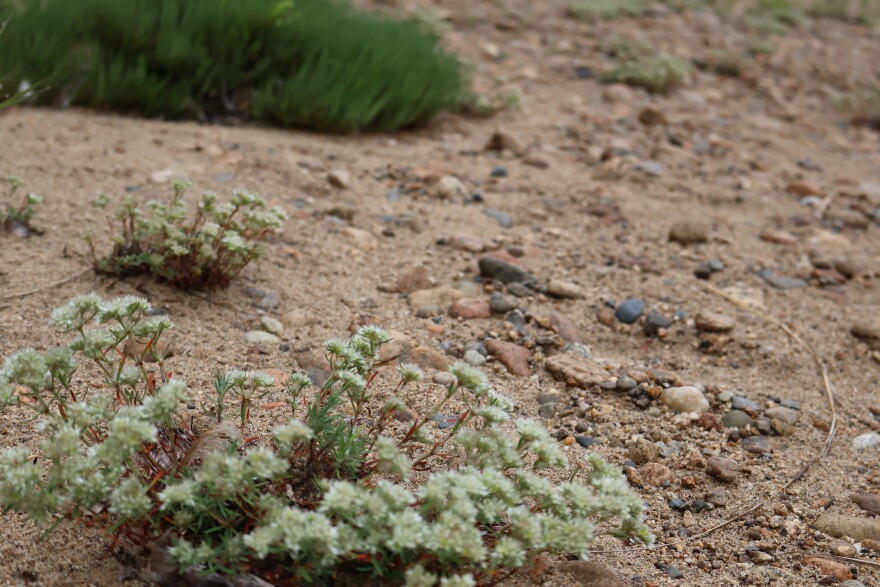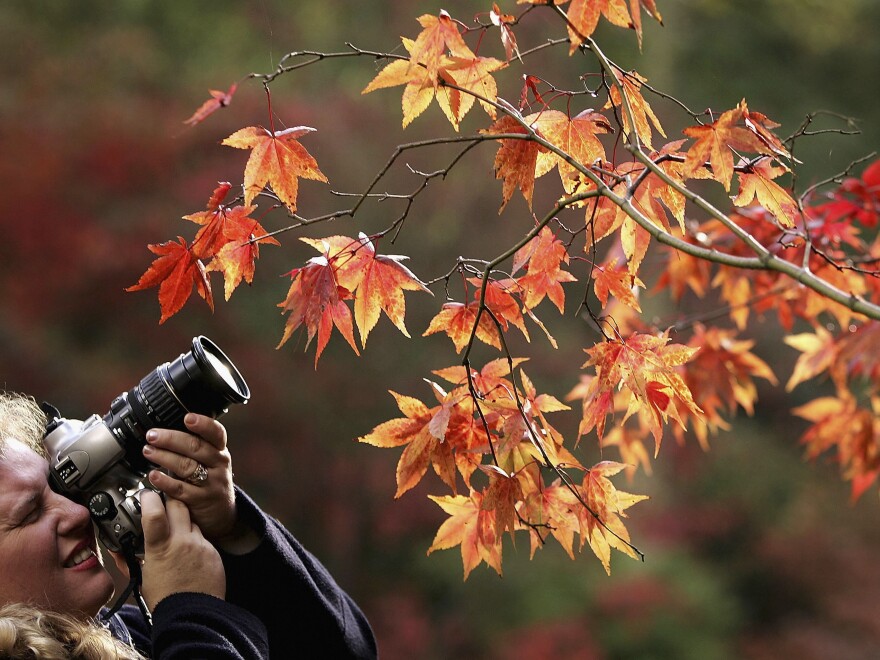It would be simple to miss two small plants that are protruding from the gravel on the Saco River’s bank after strolling through the verdant woodland.
There, two already uncommon plant species—the silverling and the hudsonia—come together to create an even more uncommon plant community. These plants, like those of any other natural community, contribute to the biodiversity along the river by fostering certain interactions between fungus, animals, and other living things.
The hudsonia-silverling riverwash barren plant community was thought to be extinct by New Hampshire state botanists until last year. In order to verify their suspicion, Bill Nichols and Amy Lamb made the decision to go to the Dahl Wildlife Sanctuary in North Conway.
They were mistaken.
We were thinking, “Well, I guess the community may be doing okay,” Nichols recalled, because it was roughly the same size as it had been in the past.
He gestures toward a cluster of grayish-green silverling flowers and tiny green hudsonia needles that are growing close to each other and protruding from the ground.
The two scientists embarked on a weeks-long journey along the Saco River to search for both known and new plant community sites after seeing that sight.
“Most of the time we’d get out and look, but on some of the smaller areas we could just stay in the kayak and say Yeah, I don’t really see anything,” Lamb said.
Only four of the 11 known sites were in Maine, according to several of their most current data, which were from 30 to 40 years ago and mostly located in New Hampshire.
According to Nichols and Lamb, there are currently just four locations, one of which is in New Hampshire.
Nichols says the demise of the community is probably due to climate change. Floods and precipitation events have increased in frequency and severity in just a few decades.Additionally, studies show that rivers are experiencing more floods during their dry seasons, when species are not acclimated to the abundance of water.
According to Nichols, the Saco River exhibits similar patterns.
Nichols clarified that although the plant community needs a certain amount of flooding and precipitation to drive back the woody vegetation, move the sediment, and deter competition, the amount of disturbance brought on by those high precipitation events was excessive and intolerable for this community.
As they continue north, Nichols and Lamb visit what was formerly New Hampshire’s largest hudsonia-silverling plant community location a few decades ago. The community used to cut through the floodplain forest and flower on both banks in a more isolated area of the river.
Now, all they discover are a few clusters of hudsonia in a tiny area that don’t even fit the requirements to be categorized as that kind of community.
According to Nichols, the species and the sediments it depends on were washed away, and the flood intensity was entirely raised. Everything is gone.
But they had only just started their research. In order to better quantify their findings and investigate additional potential factors influencing the community’s health, such as development and recreation, Lamb and Nichols seek to work with other specialists.
Even though the community is in a dangerous state, the two scientists who initially believed it had already vanished forever are hopeful that what remains will be preserved.
According to Nichols, objects have inherent value, and we have a responsibility to preserve them for that reason alone. And it’s gone once it’s gone.
Subscribe to your email for more New Hampshire news: Get the Rundown newsletter for free.






